
If you want to know exactly what your cat is being fed each day, then the best way is to prepare a homemade cat food recipe yourself. However, for your cat to remain healthy, it is important to ensure that your homemade cat food recipe includes sufficient animal protein, calcium, phosphorus, iodine and vitamins. This is usually obtained from red meat, liver, kidney, heart, chicken and sometimes milk.
Generally, raw food contains more nutrients as cooking destroys some vitamins, especially vitamin B. If you are squeamish about feeding raw food to your cat and intend to feed your cat cooked food instead, then you may need to provide pet food supplements in your cat's diet. Your vet will be able to advise you on appropriate pet food supplements, based on your homemade cat food diet.
Here are some important ingredients which you should incorporate into your homemade cat food diet:
INGREDIENT #1 - Meat and Meat By-Products
Both red and white meat contains protein, B-group vitamins, fat and energy. Highest sources of protein are beef, chicken (meat) and liver, followed by heart, chicken skin, lamb, kidney and chicken necks.
All types of meat are deficient in vitamin A therefore, it is good to feed liver to your cat as it is rich in vitamin A. However, liver should not be more than 10% of your cat food diet as too much vitamin A can lead to skeletal problems and other abnormal bone growth. If you are worried about an overdose of vitamin A, feed cooked liver to your cat instead of raw liver. Or as a rough guide, feed raw liver not more than once a week.
INGREDIENT #2 - Fish
It is good to have a mix of the 2 main types of fish: white fish and fatty/oily fish (such as tuna). White fish is leaner but is weak in vitamins A, D, E and K.
Fatty and oily fish on the other hand, contain high levels of vitamins A and D but your cat may suffer a case of steatites (a painful inflammation of fat deposits under the skin) if it is fed too much fatty fish.
In the case of fish, it is advisable to cook the fish first. Raw fish contains thiaminase, an enzyme which destroys thiamine, an important vitamin B. Cooking destroys thiaminase and helps to retain more vitamins in the food.
Whole fish (including the bones) is very nutritional cat food as fish bones contain calcium and phosphorus. However, to prevent fish bones from getting caught in your cat's teeth or throat, it is good to soften the bones first. You can do this by pressure cooking, boiling or stewing.
INGREDIENT #3 - Eggs
Eggs are high in animal protein, iron, vitamins, fats and carbohydrates and are ideal to include in your homemade cat food. However, too much may be harmful as the egg whites contain avidin which destroys a B vitamin that is essential for good hair and skin health and proper muscle function.
As a general guide, feed raw egg not more than once a week. If you feed the egg yolk only, then you may increase this to no more than 3 times a week.
INGREDIENT #4 - Milk, Cheese and Yoghurt
Dairy products are high in protein, fat, carbohydrate, calcium, phosphorus, vitamin A and the B vitamins.
Kittens generally like warmed milk and cream. But as they mature, they become lactose-intolerant and may develop diarrhea. You can get low-lactose cat milk which is available in supermarkets. Cream is fattening and too much may result in an obese cat.
Cheese may be a better dairy alternative as it does not contain lactose. However, some cats do not appreciate the taste and will not eat it.
INGREDIENT #5 - Fats and Oils
Fats are essential in your homemade cat food to ensure your cat's skin doesn't become itchy, dry and scurfy.
Good sources are safflower or corn oil and fish fats. Safflower is the preferred choice.
INGREDIENT #6 - Vegetables
Vegetables provide vitamin C and some are rich in B vitamins. It also provides fibre which should form about 5% of your homemade cat food diet. Mix vegetables with meat or fish and cook it as a stew. Most cats will eat the vegetables if cooked this way.
INGREDIENT #7 - Grains
Grains provide carbohydrate, proteins, minerals and vitamins. Good sources are:
Wheatgerm - thiamine, vitamin E
Yeast - B vitamins, minerals, recommended for older cats
Rice - most cats will eat this and it is a good base for mixing with meat and fish
Wheat, oats, barley - higher protein content and less fattening than rice
INGREDIENT #8 - Water
Lastly, and probably more important than any of the above, a fresh clean supply of water must always be available. Generally, your cat will need about 40ml of water per kg of body weight. However, environmental temperature, your cat's consumption of dry food and ailments may require you to adjust accordingly.
Your cat is an individual and will have its own likes and dislikes. Different pedigrees may also have different requirements. It is always advisable to check with your vet and seek professional advice before preparing your homemade cat food.
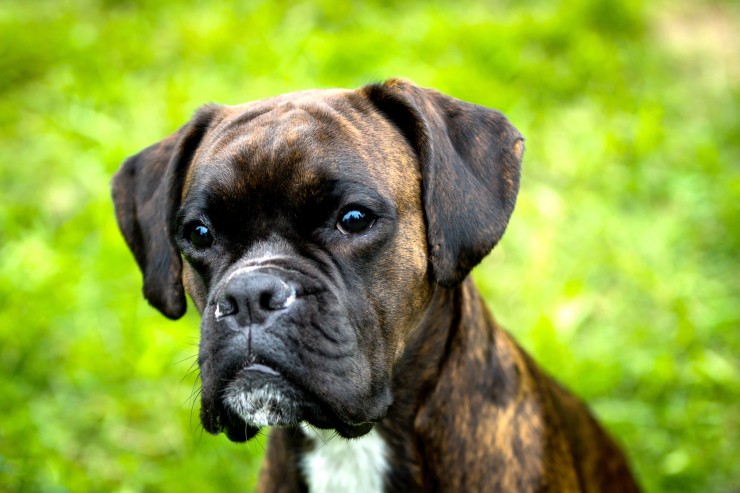 Tackling Behavioural Problems In The Boxer Dog
Tackling Behaviou
Tackling Behavioural Problems In The Boxer Dog
Tackling Behaviou
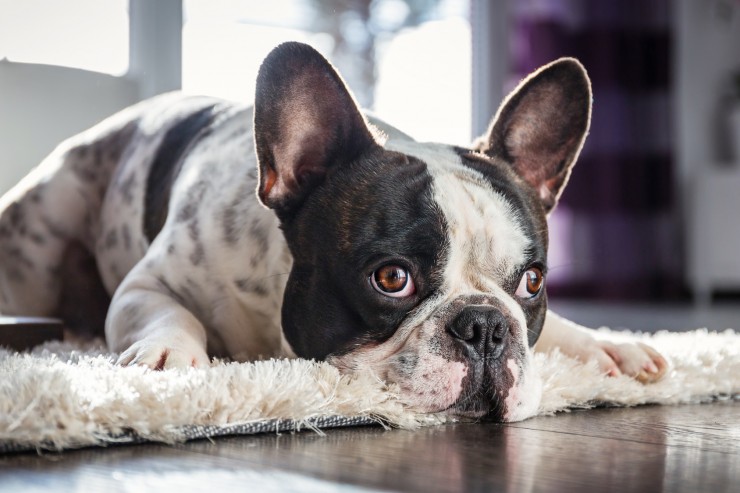 Dogs And Lead Toxicity
Dogs And Lead Tox
Dogs And Lead Toxicity
Dogs And Lead Tox
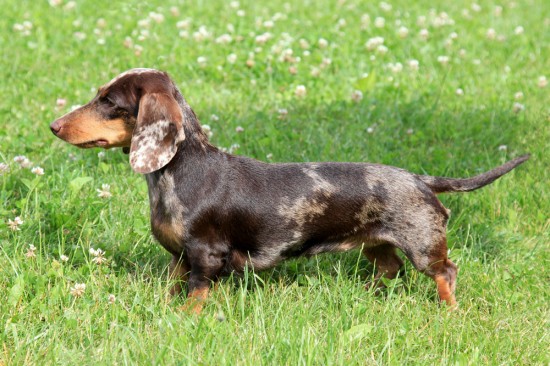 The Karlton Index - Measuring The Health Of Pedigree Dogs
The Karlton Index
The Karlton Index - Measuring The Health Of Pedigree Dogs
The Karlton Index
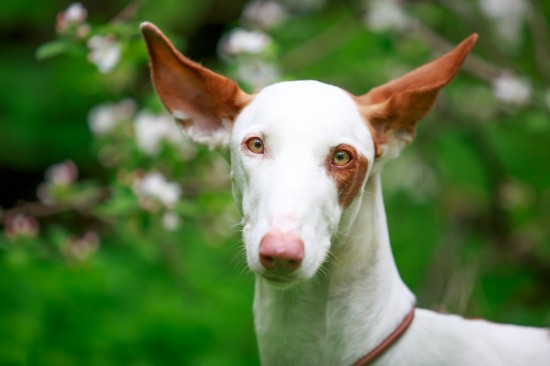 10 Very Unique Dog Breeds You May Not Know About
10 Very Unique Do
10 Very Unique Dog Breeds You May Not Know About
10 Very Unique Do
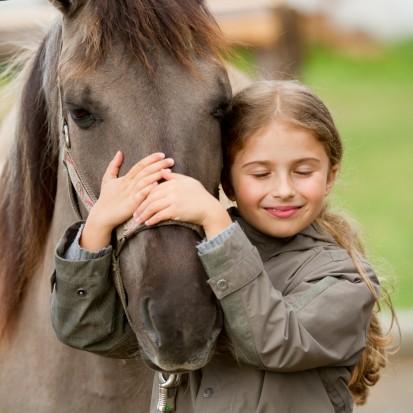 Considerations When Buying A First Pony For Your Child
Considerations Wh
Considerations When Buying A First Pony For Your Child
Considerations Wh
Copyright © 2005-2016 Pet Information All Rights Reserved
Contact us: www162date@outlook.com